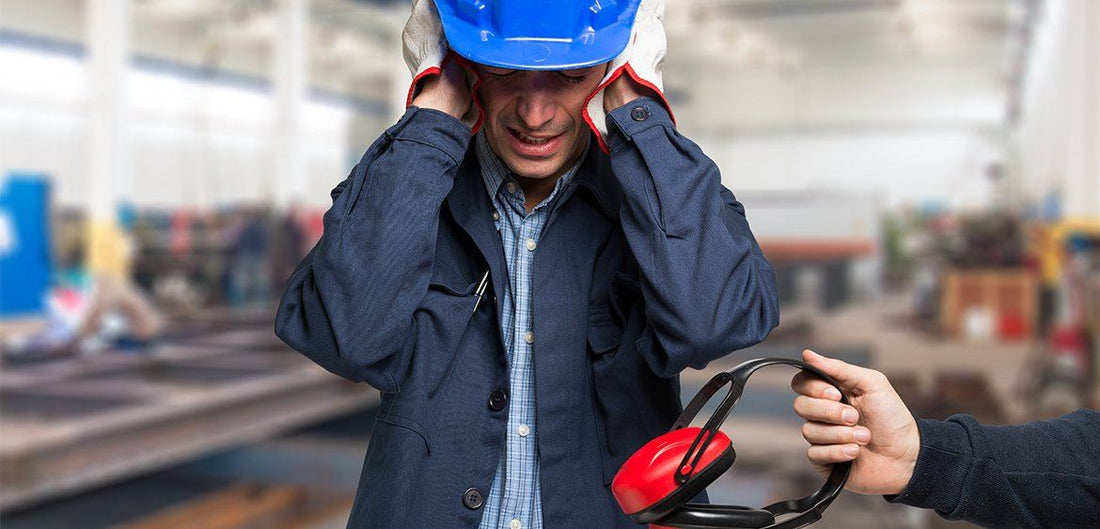When operating linear actuators, there are many product specifications which users need to understand. Some examples of the actuator specifications that are important may include speed, force, current draw, and dimensions. There is however one element of a linear actuator that can be tricky to gauge, the noise level. Many users often won’t know for sure the ideal noise levels or restrictions until their application with linear actuators are running to realize the noise level may be too high. Although it’s possible to return previous actuators and replace it with another unit for a lower noise of linear actuator, it will require time and resources to send the unit back and purchase a new one. In other cases, it may also be possible that there is no unit with a low enough noise level to fit the requirements of certain application. Fortunately, there are ways to overcome noise of the actuator that was being used. In this article, we will go over several solutions to overcome the loud mechanical noise generated from linear actuators.
The operating noise of our actuators would be listed on each of our actuator's data sheet.
Gearbox
The most common mechanical noise in linear actuators usually comes from the gearbox. The gears can turn incredibly fast depending on the gear ratio the gearbox uses. Since the noise created can be very loud, you can apply grease to the gearbox to reduce this noise. This will also reduce the friction between the gears and therefore reduce the noise. Note that when the actuator is operating in a high-temperature environment, the grease inside the gearbox can melt away, so it is ideal to reapply some gear grease after the units have been operated for a long time in a high-temperature environment.
On the other end of the spectrum, if the actuator is operating continuously in a very cold environment, the grease that acts as a lubricant can become condensed or even frozen. This will cause the unit to generate a lot of noise and may even break down. If that is the case, it is better to replace the grease in the gearbox with new lubricant that has a lower functional temperature.
The last thing to look out for on noise from the gearbox is the type of gears the linear actuator uses. Metal gears would typically generate more noise while polymer or plastic gears generate less noise in comparison. It is possible to replace the internal gears of an actuator from metal to plastic, but this kind of procedure would need to be done carefully. Metal gears are generally used due to its longevity and strong structure, by replacing them with plastic gears, users would run the risk of reducing the lifecycle of the actuator or even reducing the load capacity. We recommend consulting with the direct linear actuators’ manufacturer before making this decision for any products.
Mount Position – Reduce the Surface Area
A lot of the noise from a linear actuator comes from the vibration in the actuator housing. As the electric motor runs, it causes vibration throughout the body of the linear actuator. When that vibration makes physical contact with a hard surface area, it will generate a lot of noise as a result. Therefore, it is a good idea to reduce the surface area that is making physical contact with the linear actuator as this will prevent most of the vibration noise. If that was not possible, users can also consider applying some soft material between the actuator housing and the hard surface area to reduce the linear actuator noise.
Find A New Actuator
If the above options still don't reduce the noise from your actuator, then it would be time to find a new one. When looking for a replacement actuator to the current one, there are a few points that you should pay attention to. If your old actuator is a ball screw type, you may want to consider looking for an actuator that uses an ACME screw instead. Ball screw generally has great efficiency on power but tends to make a lot more noise when operating. On the other hand, ACME screw type actuators have lower efficiency, but the actuator sound is much quieter when running.
Read our blog to learn more about the ACME screw & Ball Screw type actuators. Alternatively, you may also consider finding a new actuator that has a higher load capacity than the old one. When a linear actuator is operating closer to its full load capacity, it tends to generate more noise. We recommend finding an actuator with a higher load rating when possible as it can still drive the application but with lower linear actuator noise. The actuators that have a higher load rating would usually have a slower speed as well so this method of reducing noise is more suitable for applications that can work with slower speeds.
Browse our full actuator range to find the best solution for your application!
Conclusion
Actuators are great tools for providing linear motion in an application but can sometimes generate too much noise in certain applications while it is running. By using our tip and tricks, you too can overcome the mechanical noise when operating an actuator. For more information on how to overcome linear actuator noise, please feel free to contact us at 1-800-676-6123 by phone or email us at sales@progressiveautomations.com. We are happy to help you with any questions you may have!




